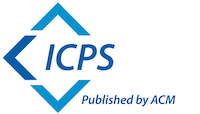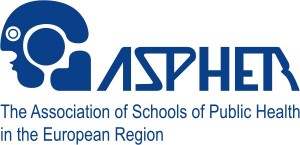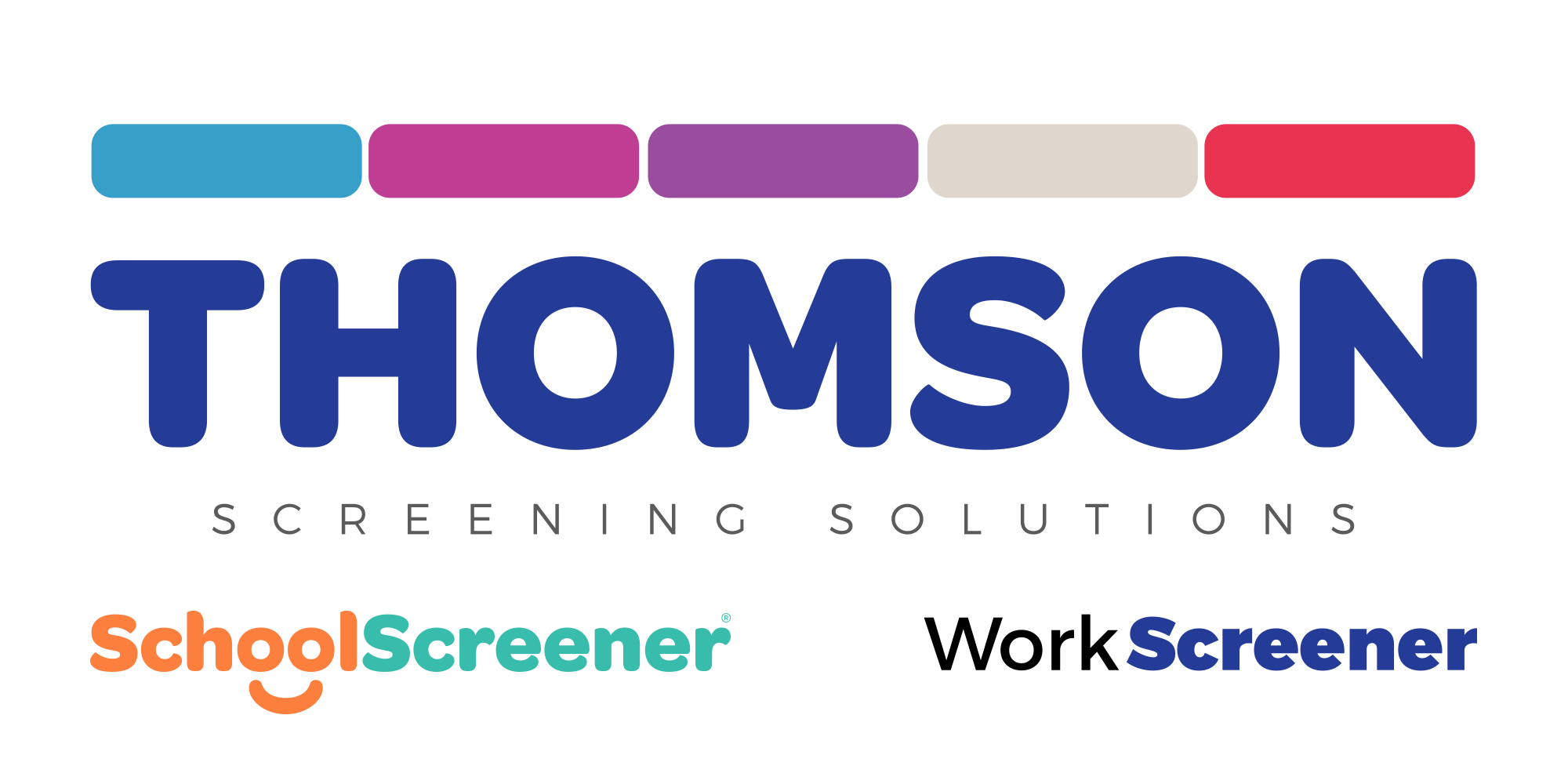
This project has been shortlisted for the DPH 2019 Innovation Prize – Best Data Driven Innovation
Team: Xipei Ren (Eindhoven University of Technology)
Outline: Sedentary behaviors at work can lead to various sub-health conditions, such as metabolic diseases, musculoskeletal injuries, and psychological disorders. Although there are some guidelines and interventions to prevent these sub-health issues, they do not seem to make a difference to office workers. In the Netherlands, for example, a recent working condition survey by TNO (2016) demonstrated that lower-back pain is the most common occupational disease, which is mostly related to sedentary activities in office work [1]. To tackle such issues, office vitality has become increasingly important, and challenges designers to create different solutions. One potential solution is exergame, which requires the player’s physical exertion for reaching the game goal. Linking these games to a social aspect, as is done in Healthy Together [2], gives a higher chance of succeeding its goal in encouraging active lifestyles. This inspires us to investigate designing an exergame system for promoting social and physical activities among office workers.
We present a workplace exergame system, called Step-by-Step, a new mode of social fitness breaks based on a mobile device, which provides an exergame among co-workers. During work, one office worker keeps the device and initiates the game. The device monitors his or her sedentary duration and in turn to prompt a break with a fitness task involving walking. During the break, the device tracks steps of the worker and provides feedback in real time to support accomplishing the fitness task. After reaching the goal of the task, the device suggests the worker relay the device to another colleague, who is going to take over the fitness task.
To demonstrate our concept, we developed two prototypes to present the functionality and the look-and-feel of Step-by-Step. We then carried out a qualitative user study and an expert interview to gain preliminary insights on the potential benefits of Step-by-Step to office vitality. The studies revealed that Step-by-Step was playful and enjoyable to use and has the potential to be a new form of workplace fitness program, which benefits both office vitality and social well-being. Also, our findings helped to yield implications for our next development of Step-by-Step, which are summarized as follows: (1) Combine social activities with fitness games to keep up motivations.
(2) Improve the affective aspect of the device for a strong connection with users. (3) Make the participatory mechanics adaptive.
The feasibility of the initial technological iteration of Step-by-Step[3] has been proved and published in The 2019 ACM CHI Conference on Human Factors in Computing Systems, the premier international conference of Human-Computer Interaction. For future work, we plan to improve our concept and design based on design insights derived from this study. Based on our updated design, we then plan to conduct a long-term study to validate the effectiveness of Step-by-Step for improved office vitality.










